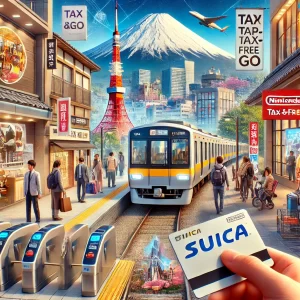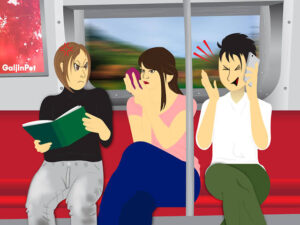Treasures from Ninnaji Temple and Omuro – By Parag Barve
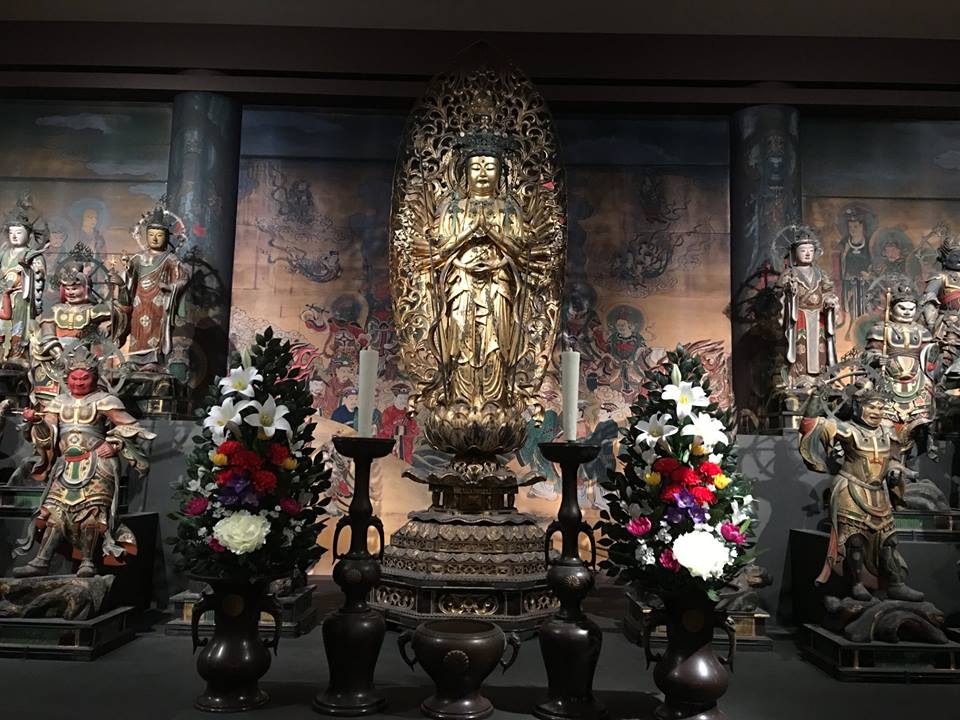
A veritable feast was arranged at Tokyo National Museum @ Ueno recently.
Treasures of Ninnaji, the head temple of the Omuro branch of the Shingon sect, founded by Emperor Koko in 886 and which is a UNESCO World Heritage Site, were exhibited during this event.
Together with magnificent Buddhist sculptures, many treasures related to Esoteric ritual were presented during this occasion which is normally not accessible by the public.
This section included the various painting of Kujaku Myo’o (Mahamayuri) that served as the principal icon of the Kujaku Kyoho ritual, sutra written by Kukai (Kobo Daishi) himself in Siddam script.
Although photography was prohibited in general, it was a unique opportunity to experience the statue’s surroundings of Kannon hall that are seldom seen by the public.
The structure of the Kannon Hall is much similar to that of famous Sanjyusangendo in Kyoto.
Thousand-armed Kannon (Sahasrabhuja Avalokiteshwar) in the middle, 28 guardian deities (Dharmapala) on both sides along with Varun and Vayyudev.
Thousand-armed Kannon accompanied by Fudo Myo’o (Achlanatha) and Gozanze Myo’o (Trailokyavijaya) is an unusual combination found here..
It’s very interesting to see how our Hindu deities have been transformed into this new avatars!
One more interesting aspect is some of these deities are no more worshiped in India nowadays, but they were certainly been worshiped in the past at least till the time when this cultural transformation had happened..
Usually, Japanese people know about Benzaiten, Daikokuten, Taishakuten, Enmaten etc. as Buddhist deities, but they rarely aware of the Hindu origin of these deities and their original names.
But as the original Sanskrit names of these deities were also mentioned, I hope that people who have visited this exhibition got aware of these interesting facts!
Raijin (वरूण) – Varuna
Naraen Kengo’o (नारायण) – Narayana
Magoragao (महोरग) – MahoRag
Kinnarao (किन्नर) – Kinnar
Gobujokyoten (यमर, देव वर्गातील एक देव) – Yamar
Kendatsubao (गंधर्व) – Gandharva
Basu Sennin (वसु / वसिष्ठ) – Vasu, Vashishtha
Mansen’o (पूर्णभद्र) – Purnabhadra
Konjiki kujakuou (महामयुरी) – Mahamyuri
Sanshi Daisho (पंचक / संजय) – Panchak, Sanjay
Hibakarao (विभाकर) – Vibhakara
Shagara Ryuo (सागर) – Sagar
Jikokuten (धार्तराष्ट्र) – Dhartarashtra
Tamonten (वैश्रवण) – Vashnav
Bonten (ब्रह्मा) – Brahma
Gozanze Myo’o (त्रैलोक्यविजय) – Trailokyavijay
Senju Kannon Bosatsu (सहस्त्रभुजा अवलोकितेश्वर) – Satrabhuja Avalokiteshwar
Fudo Myo’o (अचलनाथ) – Achalnath
Komokuten (विरूपाक्ष) – Virupaaksha
Zochoten (विरूढक) – Virudak
Taishakuten (इंद्र) – Indra
Konpirao (कुंभीर) – Kambhir
Ashurao (असुर) – Asura
Daibenkudokuten (महाबाला) – Mahabala
Mawaranyo (पृथ्वी) – Pruthvi
Makeishurao (महेश्वर) – Maheshwara
Manzenshao (पूर्णभद्र) – Purnabhadra
Nanda Ryuo (नंद) – Nanada
Kondaio (मणिभद्र) – Manibhadra
Karurao (गरूड) – Garuda
Misshaku Kongo Rikishi (वज्रधर) – Vajradhara
Jinmoten (हरिती) – Hariti
Fujin (वायू) – Vaayu
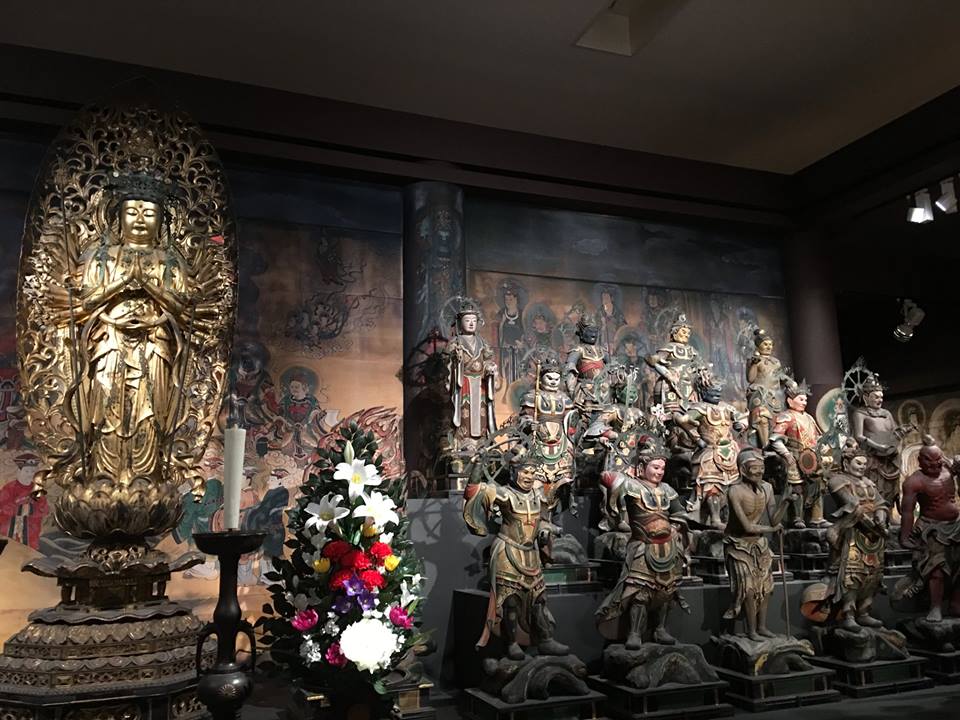
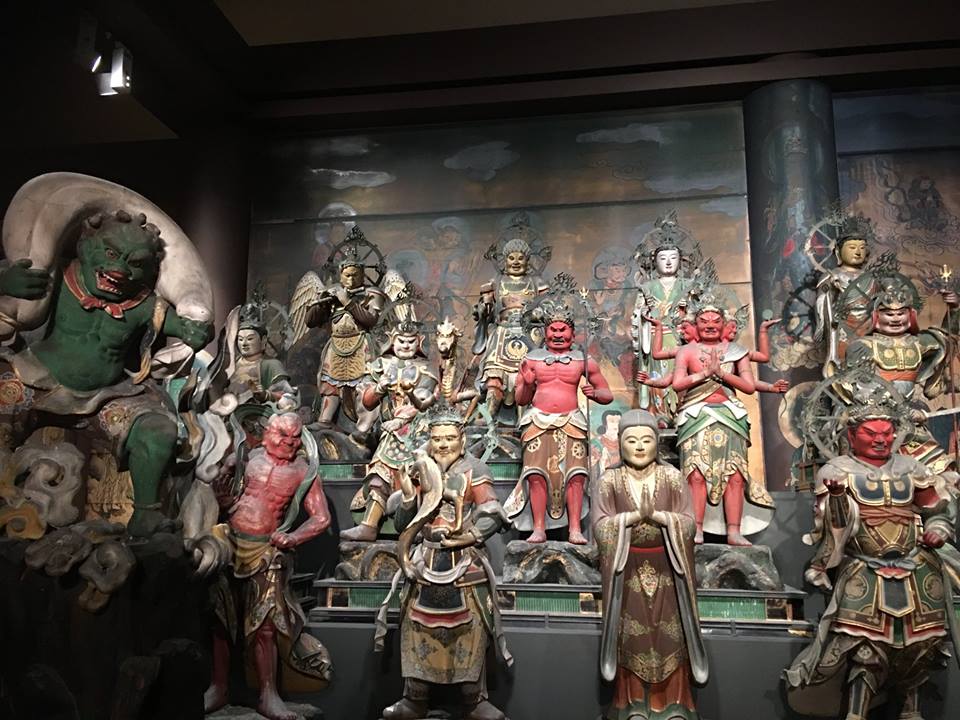
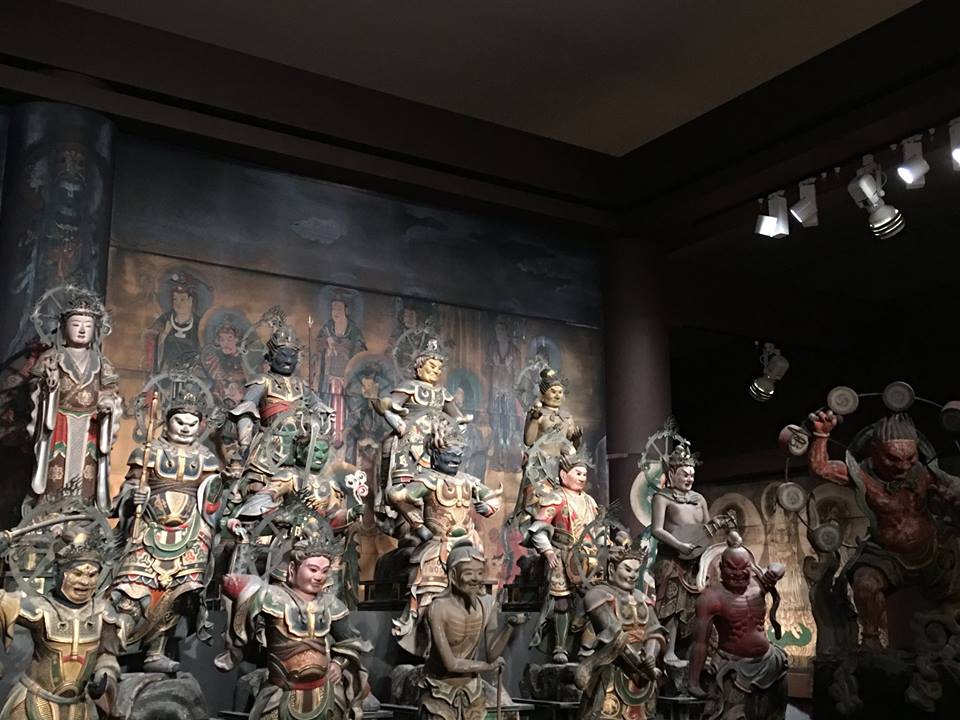
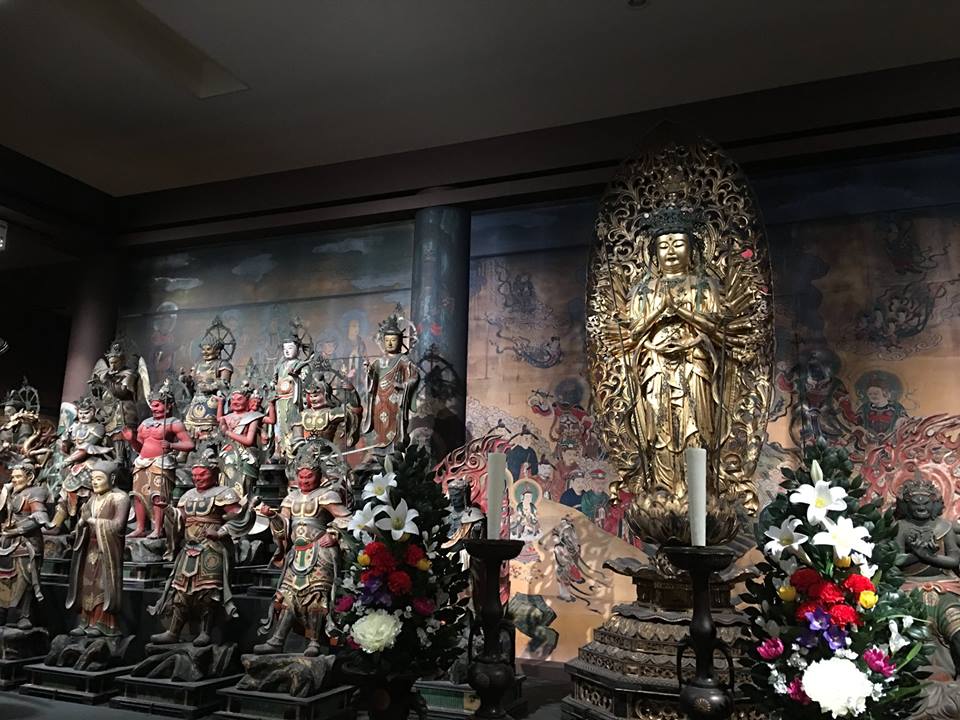
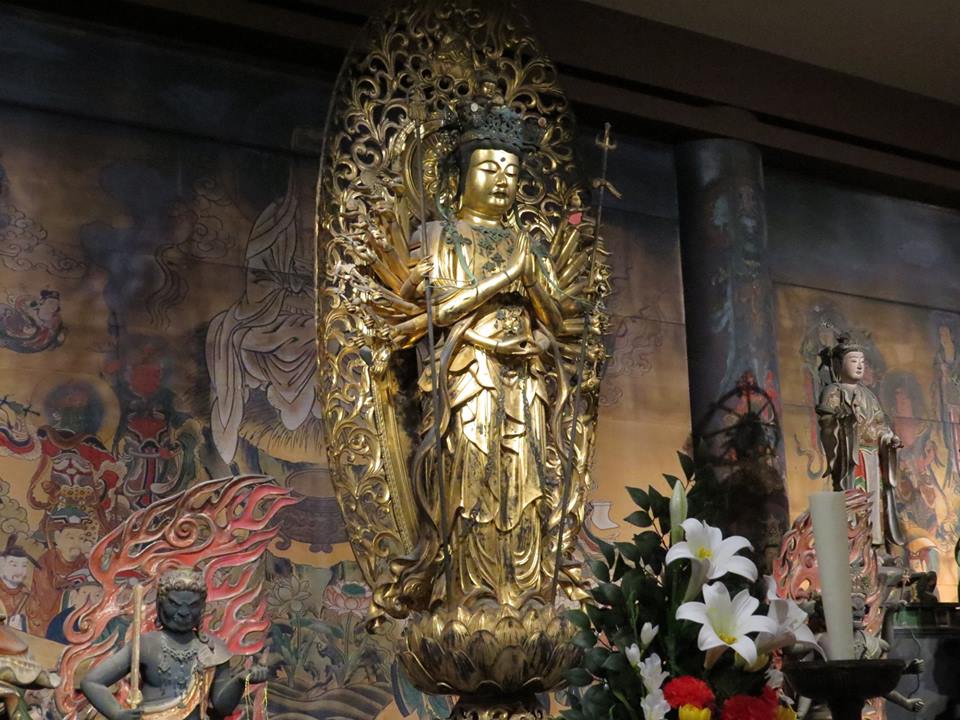

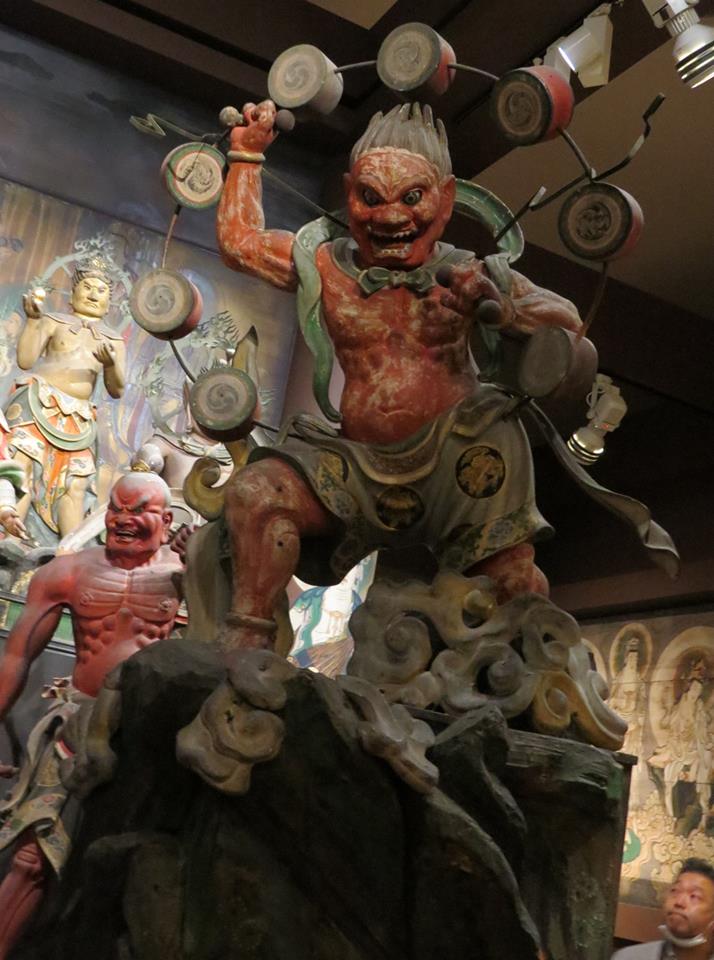
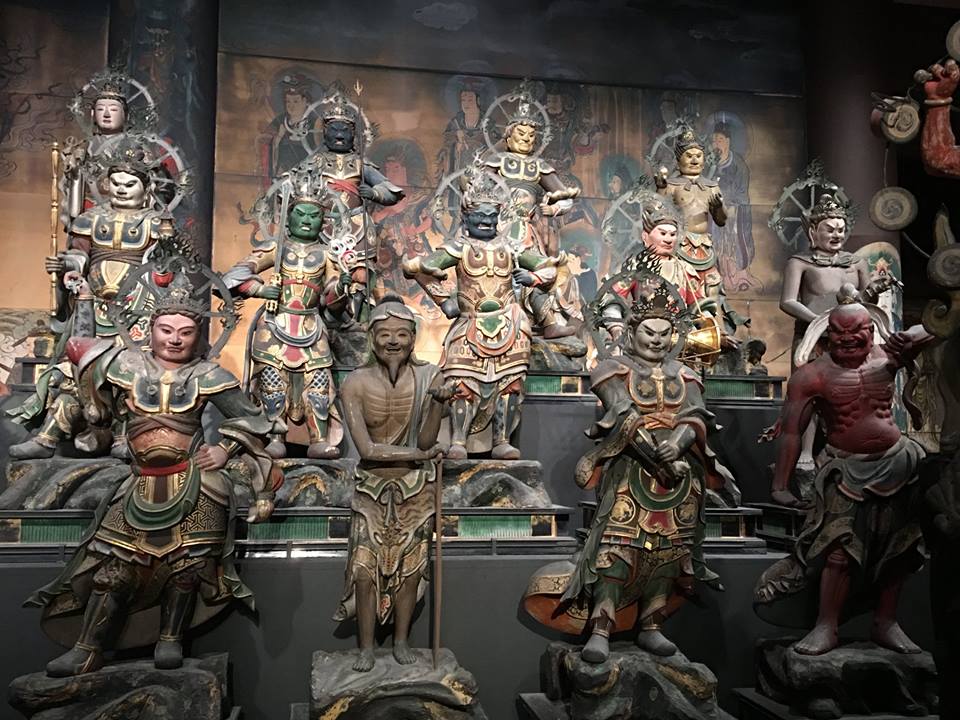
Guest Post Contribution for the community by
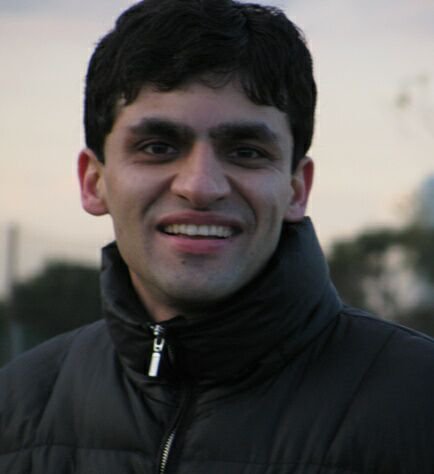
Parag Barve
Apart from various interests, he loves to write on the cultural angle like Gods of India and similarity with Gods in Japan
If you any topic that fascinates you & which you think can either help, useful or sharable info in the interest of the whole community,
feel free to send us articles on contact@indojapanpulse.com
More readings:
http://www.onmarkproductions.com/html/buddhism.shtml
